Hablot Knight Browne (1815-1882)
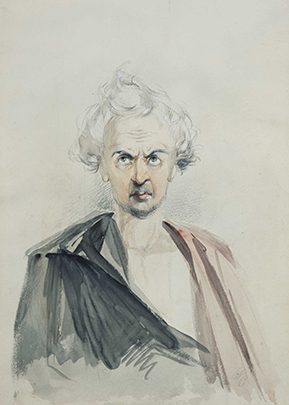
Born in Lambeth in 1815, Hablot Knight Browne was the 14th of fifteen children. His biographer (and great-great-granddaughter) suggests Browne may have been the illegitimate son of his supposed eldest sister and a Captain Nicholas Hablot of Napoleon's Imperial Guard.
Browne's father abandoned the family when Hablot was seven years old. Young Hablot was apprenticed to an engraver, where he received some education in art, but he abandoned engraving in 1834, intending a career as a painter.
Browne met Dickens in 1836, and illustrated Dickens's early pamphlet Sunday under Three Heads (1836). He would eventually create more illustrations for Dickens's novels than Dickens's seventeen other illustrators combined. He illustrated seven of Dickens's fifteen major novels by himself, and was the principal illustrator for another three, designing 290 steel engravings and 157 woodcuts for Dickens's first editions.
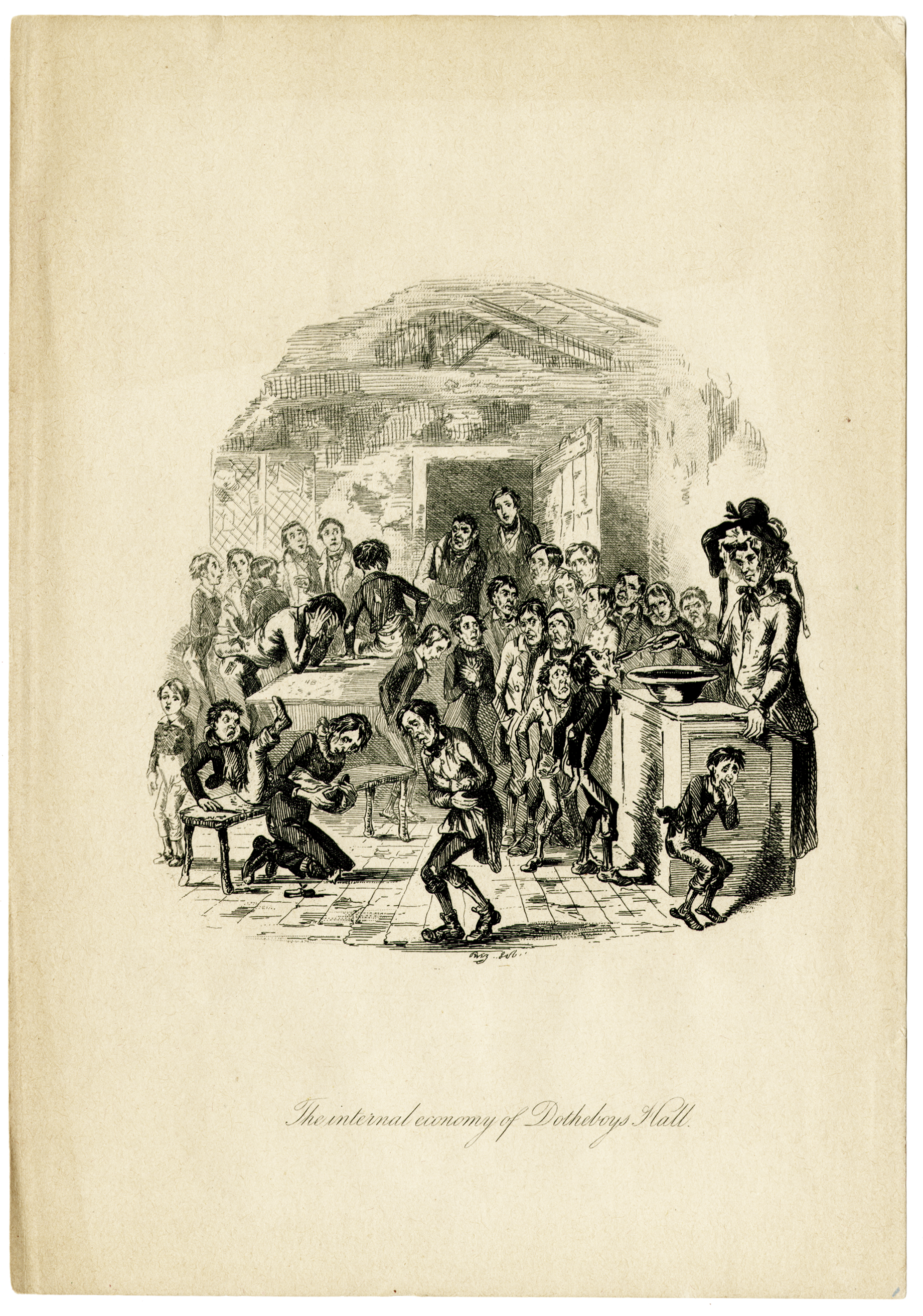
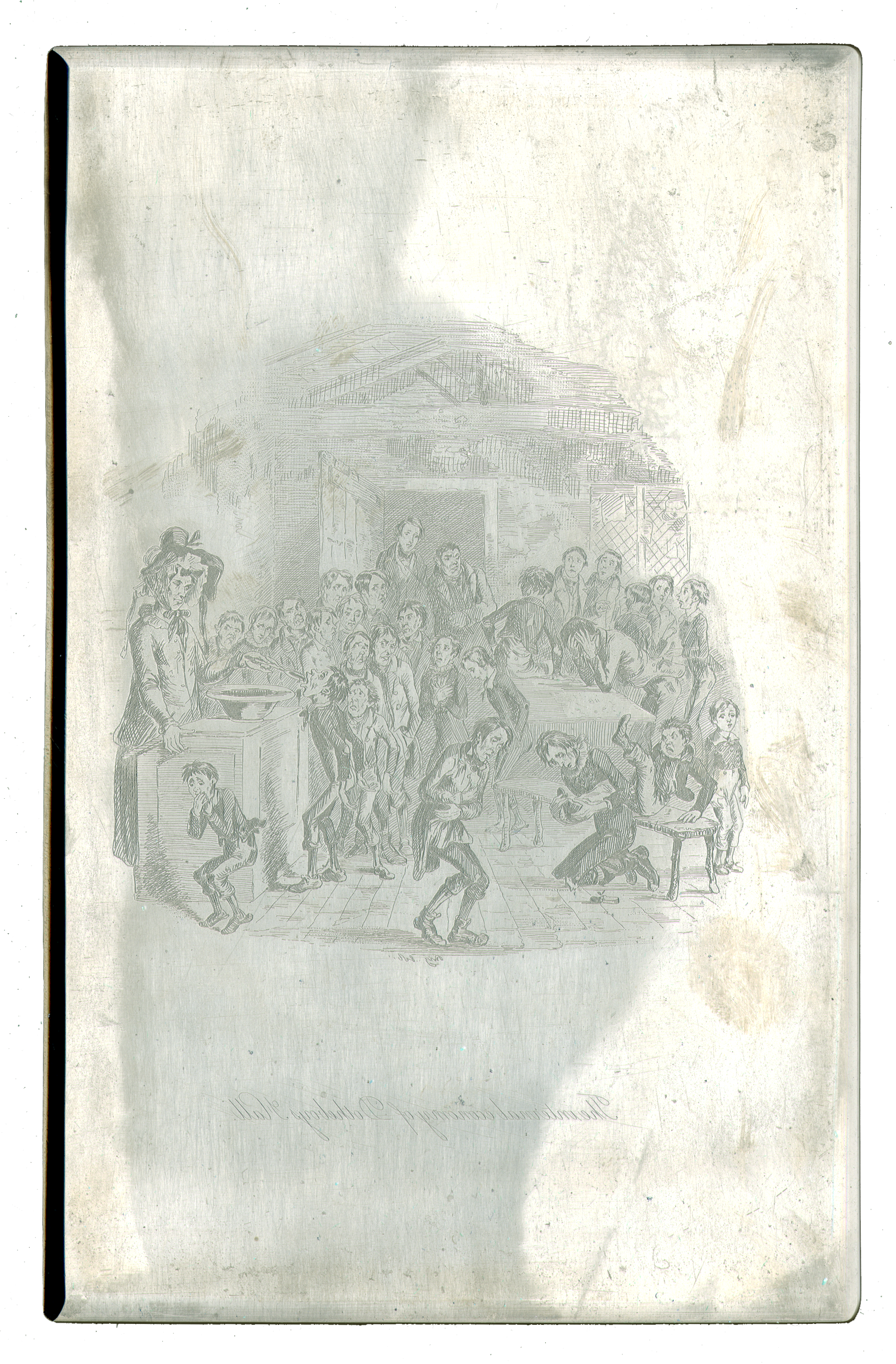
After the suicide of Robert Seymour, and the failure of Robert Buss, Browne took over the job as principal illustrator for Pickwick Papers (1836-37), and adopted the nom de plume "Phiz"; finding it euphonious with Dickens's early moniker "Boz": Browne went on to illustrate Nicholas Nickleby (1838-39), The Old Curiosity Shop (1840-41, with George Cattermole and Samuel Williams), Barnaby Rudge (1841, with Cattermole), Martin Chuzzlewit (1843-44), Dombey and Son (1846-48), David Copperfield (1849-50), Bleak House (1852-53), Little Dorrit (1855-57), and A Tale of Two Cities (1859).
Nicholas Nickleby images on left - Gift of Daniel and Alice Ryan
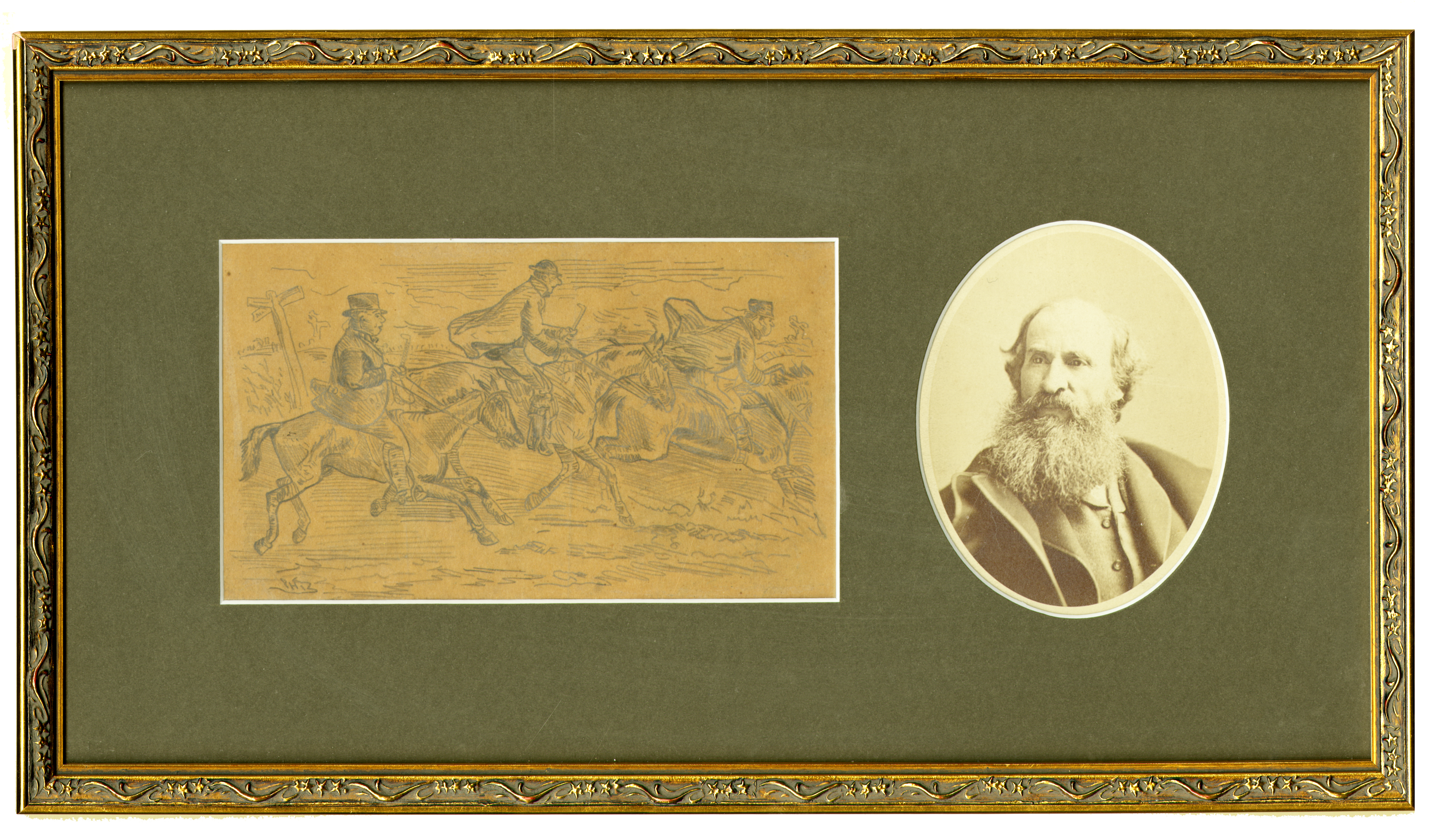
"Phiz" was a brilliant comic illustrator also capable of expressing powerful emotion; he captured the eccentricities and humor of Dickens's characters, as well as the energy of his prose. He worked quickly and confidently, and his illustrations, etched onto duplicate steel plates, were an effective complement to Dickens's text. In Bleak House and Little Dorrit, he experimented with a new artistic technique, "dark plates," utilizing a ruling-machine to create rich dark background textures.
Browne contributed to periodicals, and illustrated novels by Charles Lever, Harrison Ainsworth, and Francis Smedley. He suffered from paralysis in 1867, after which he focused primarily on woodcuts. Granted an annuity by the Royal Academy in 1878, Browne died in 1882.
Illustrations and Artwork
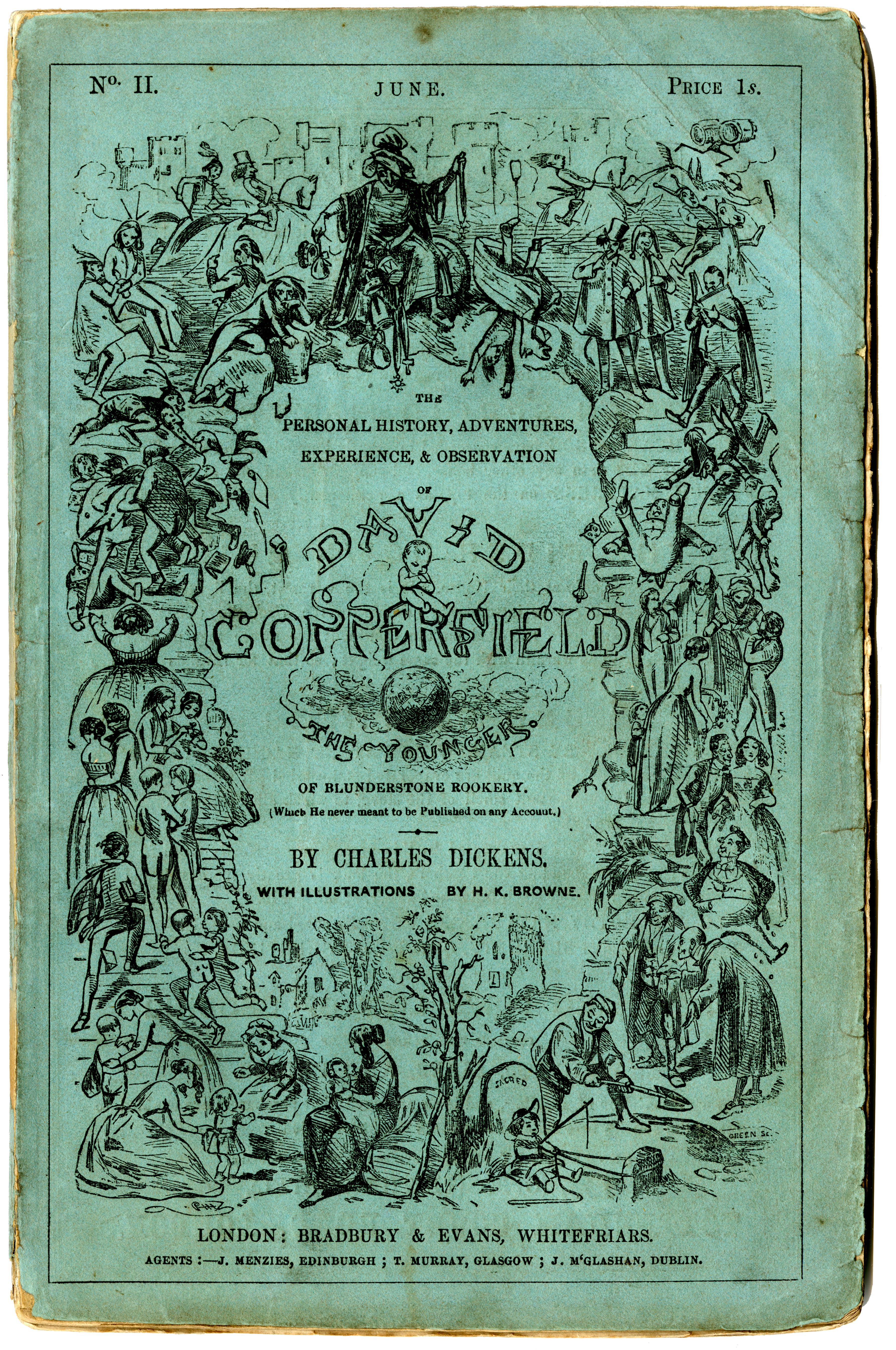
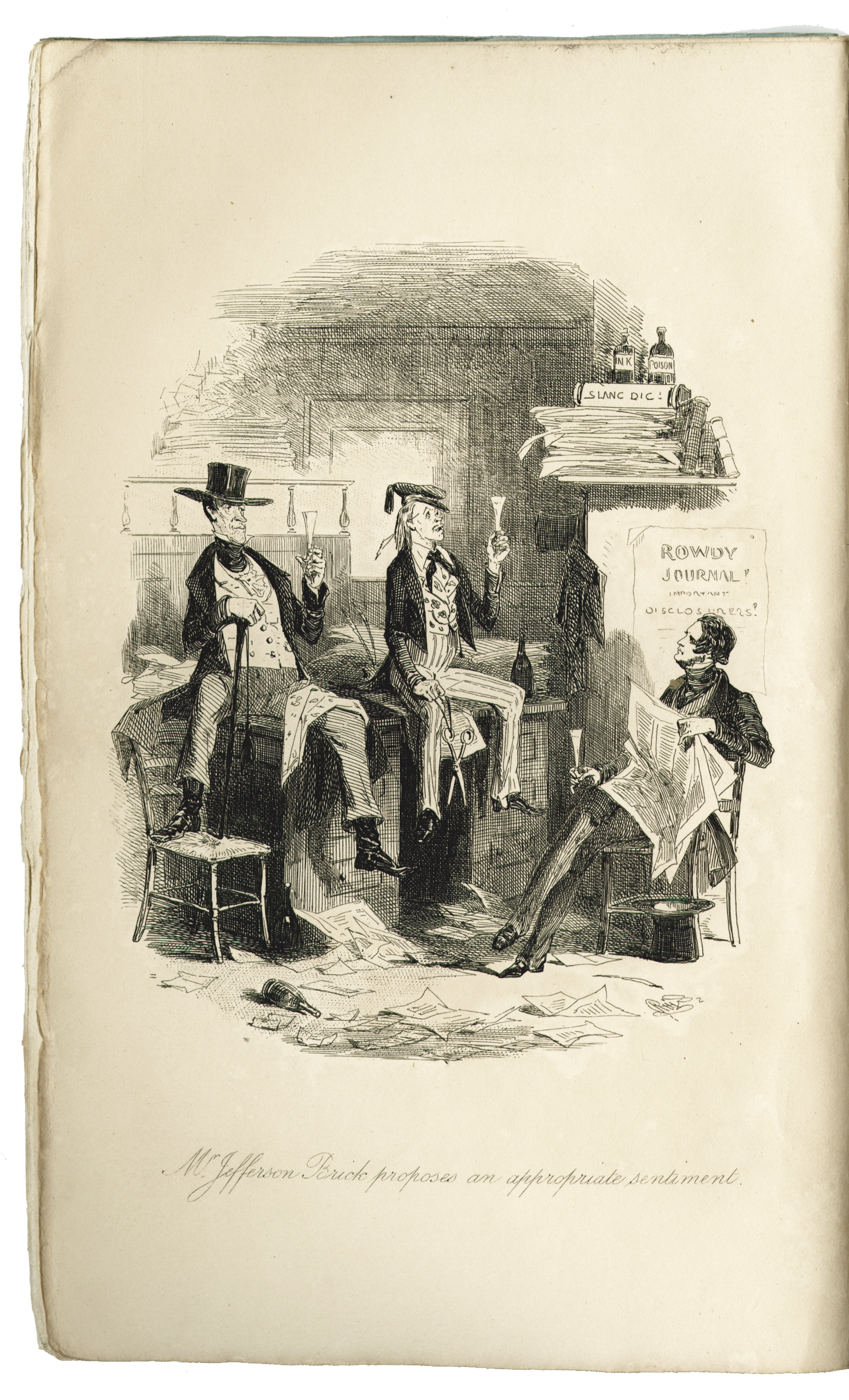

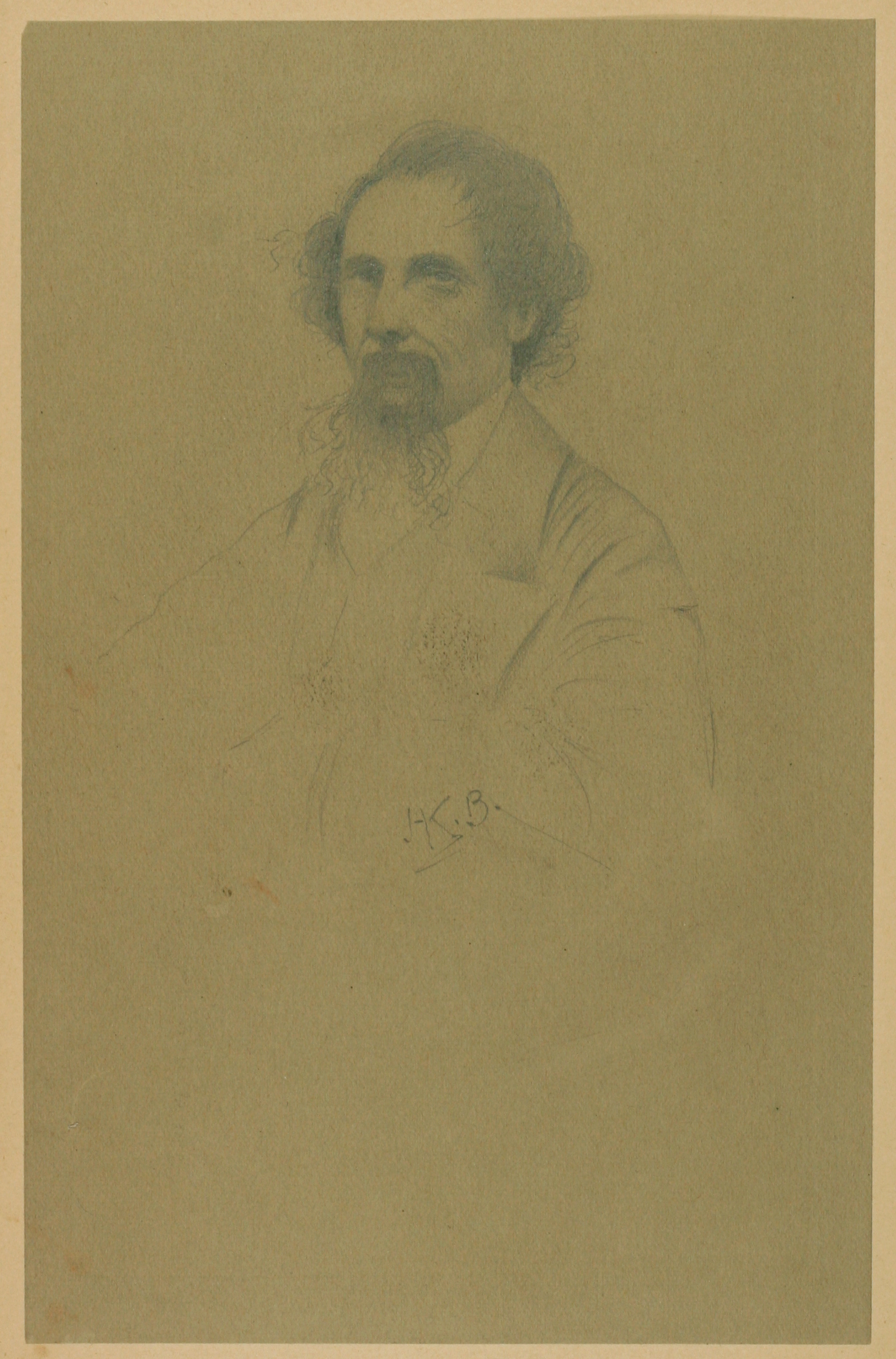


Dickens's novels were so popular that the illustrations were typically produced from duplicate steel plates-not identical, but nearly so. The constellation we know as the Big Dipper is clearly visible at the top of the version of "Little Dorrit's Party" on the right, but the version on the left, produced from the alternate plate, depicts only random stars.
Nicholas Nickleby, 1st edition (1838-1839) - Monthly issues
Read more monthly issues from the first edition of Nicholas Nickleby in the Digital WPI repository at https://digital.wpi.edu/show/0c483m04m.
The Old Curiosity Shop, 1st edition (1840-1841) - Monthly issues from Master Humphrey's Clock
Read more monthly issues from the first edition of Old Curiosity Shop in the Digital WPI repository at https://digital.wpi.edu/show/rx913s07w.
Dombey and Son, 1st edition (1846-1848) - Monthly issues
Read more monthly issues from the first edition of Dombey and Son in the Digital WPI repository at https://digital.wpi.edu/show/w0892d19h.
Barnaby Rudge, 1st edition (1841) - Monthly issues from Master Humphrey’s Clock
Read more monthly issues from the first edition of Barnaby Rudge in the Digital WPI repository at https://digital.wpi.edu/show/ws859h61c.
Bleak House, 1st edition (1852-1853) - Monthly issues
Read more monthly issues from the first edition of Bleak House in the Digital WPI repository at https://digital.wpi.edu/show/qz20sv485.
Little Dorrit, 1st edition (1855-1857) - Monthly issues
Read more monthly issues from the first edition of Little Dorrit in the Digital WPI repository at https://digital.wpi.edu/show/ns064810n.
Back
